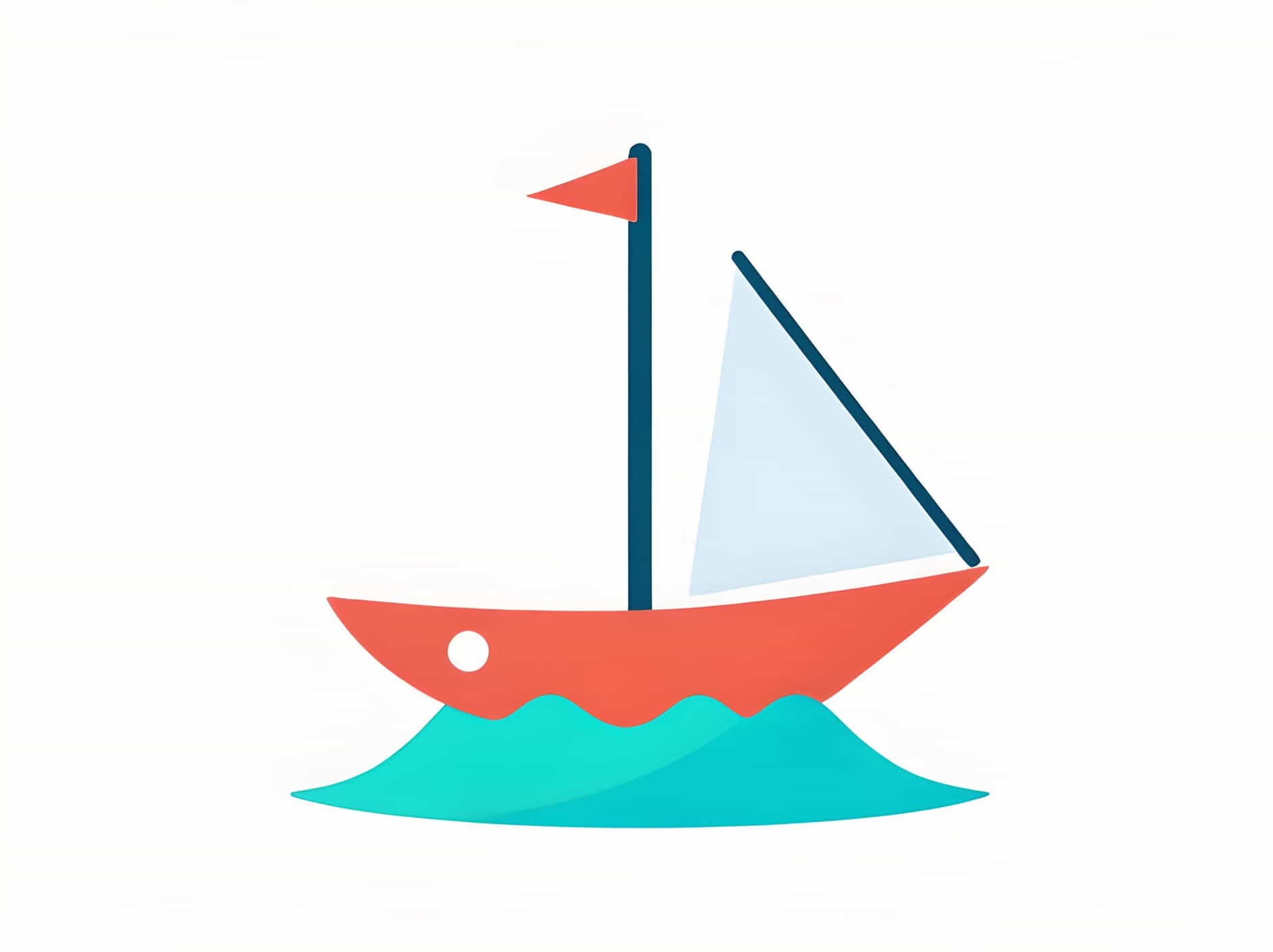
The Importance of Marlinespike Seamanship: A Comprehensive Overview
Marlinespike seamanship is a specialized skill set crucial for those involved in sailing, boating, and maritime professions. It encompasses techniques related to the handling of ropes, knots, splicing, and other line work. While the term may seem niche, its significance extends far beyond the confines of traditional sailing, influencing safety, efficiency, and craftsmanship within various maritime activities. This article delves into the importance of marlinespike seamanship, exploring its applications, benefits, and the skills that constitute this essential discipline.
What is Marlinespike Seamanship?
Marlinespike seamanship refers to the art and science of working with ropes and lines on a ship or boat. Named after the marlinespike toola pointed device used to separate strands of ropethis branch of seamanship is fundamental to safe and effective vessel operation. It includes a variety of skills such as:
- Knot Tying: Understanding the various types of knots and their applications, from simple bends to complex decorative knots.
- Splicing: The process of joining two lengths of rope, which can enhance strength and flexibility.
- Line Handling: Techniques for managing and securing lines during docking, anchoring, and sailing maneuvers.
- Lashing and Whipping: Methods for securing the ends of ropes to prevent fraying and to secure equipment.
The Importance of Marlinespike Seamanship
1. Safety
One of the most critical aspects of marlinespike seamanship is safety. Properly secured lines and knots can prevent accidents and injuries aboard a vessel. For instance, a poorly tied knot can lead to line failure, which might result in equipment loss or personal injury. Knowledge of marlinespike techniques ensures that all lines are secure and that vessels operate safely under various conditions.
2. Vessel Performance
The performance of a sailing vessel heavily relies on effective line handling. Sailors must adjust sails and rigging using various knots and techniques to optimize wind capture. Knowledge of marlinespike seamanship allows sailors to trim sails efficiently, adjust tension in rigging, and react swiftly to changing wind conditions. This expertise directly influences the speed and maneuverability of the vessel.
3. Efficient Operation
Marlinespike seamanship enhances the overall efficiency of maritime operations. Whether in commercial shipping, fishing, or recreational sailing, the ability to handle lines competently reduces time spent on tasks and improves workflow. For instance, knowing how to quickly tie and untie various knots allows crews to respond rapidly during docking and undocking procedures.
4. Preservation of Tradition
Marlinespike seamanship is rooted in maritime tradition and history. The skills and techniques have been passed down through generations of sailors, reflecting a deep respect for the craft. By practicing marlinespike seamanship, contemporary sailors honor this tradition, maintaining a connection to the maritime heritage that has shaped seafaring culture.
5. Craftsmanship and Aesthetics
Beyond its practical applications, marlinespike seamanship also celebrates craftsmanship. Many sailors take pride in their ability to create intricate knots and splices, showcasing their skills through decorative work on vessels. This artistry not only enhances the aesthetics of a boat but also serves functional purposes, such as providing secure handholds or decorative elements on rigging.
6. Problem-Solving Skills
Marlinespike seamanship fosters critical thinking and problem-solving abilities. Sailors often face unique challenges while at sea, and knowing how to manipulate lines and knots creatively can lead to effective solutions. For example, when facing unexpected weather conditions, a sailor must quickly adjust sails and rigging to maintain stability and safety.
7. Environmental Stewardship
In the context of environmental stewardship, proficient line handling can help minimize damage to marine ecosystems. Proper mooring techniques and the secure management of equipment can prevent groundings or collisions with delicate habitats. Furthermore, a thorough understanding of marlinespike seamanship promotes responsible sailing practices that respect marine environments.
Marlinespike seamanship is a vital component of maritime skill sets, offering practical benefits that enhance safety, efficiency, and craftsmanship. By mastering the techniques involved in line handling, knot tying, and splicing, sailors not only improve their operational capabilities but also preserve a rich tradition that has shaped the maritime world. Whether navigating the open seas or handling a small sailboat, the importance of marlinespike seamanship cannot be overstated. It equips sailors with the knowledge and skills necessary for a safe, efficient, and rewarding experience on the water. Embracing these skills ensures that the art of seamanship continues to thrive for future generations.